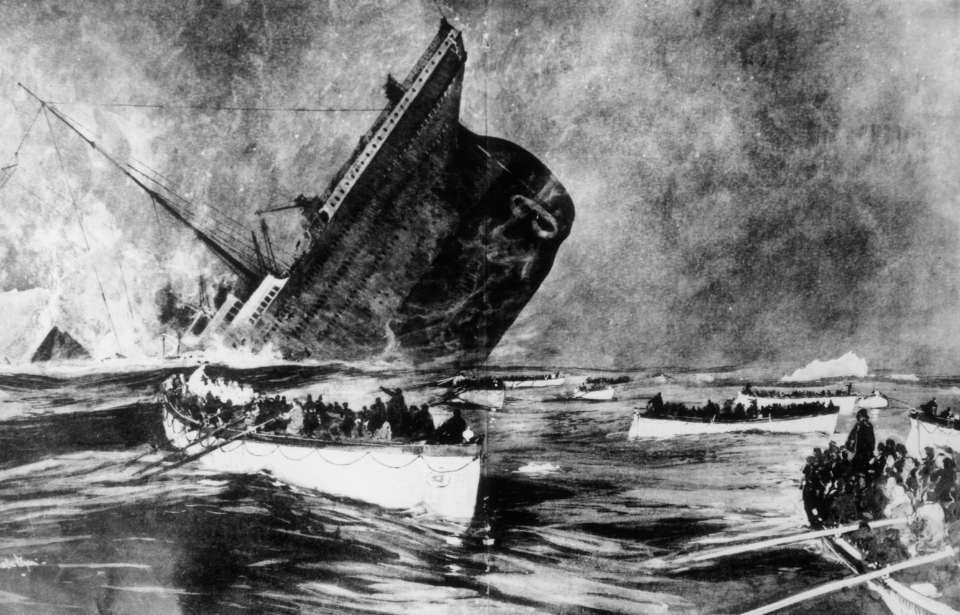When the RMS Titanic, the unsinkable ship, met its tragic fate on the night of April 14, 1912, the world was left in shock. The disaster claimed over 1,500 lives, but there were also more than 700 survivors of the Titanic who managed to escape the sinking vessel.
The stories of these survivors are as varied as they are fascinating, providing us with a glimpse into human resilience and the aftermath of one of the most infamous maritime disasters in history.
Survivors of the Titanic rescue and realizing the magnitude of the disaster
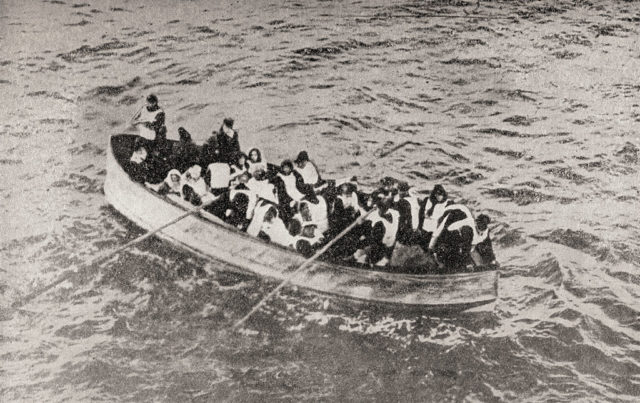
In the early hours of April 15, 1912, the survivors of the Titanic were plucked from lifeboats by the RMS Carpathia, a ship that had steamed through the night to their rescue. The Carpathia arrived in New York City on April 18, carrying the survivors to a world that was eager to hear their stories.
The initial relief of being saved was quickly overshadowed by the realization of the magnitude of the disaster. Many survivors were traumatized, having witnessed the deaths of family, friends, and fellow passengers. The press swarmed the docks, and the survivors were thrust into the limelight, their stories of survival and loss-making headlines around the globe.
Madeleine Astor
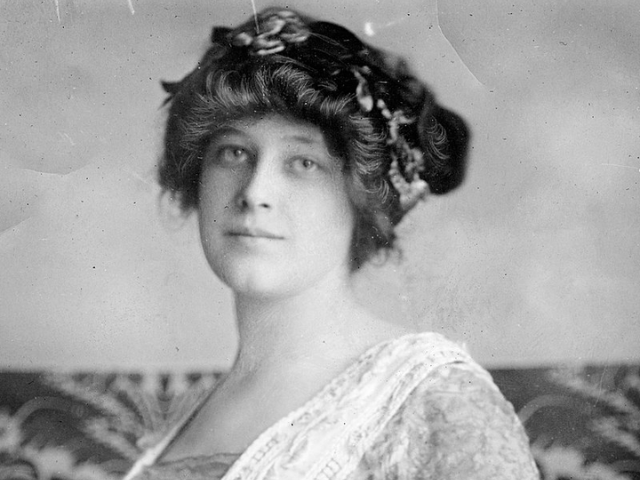
Madeleine Astor, her nurse, and her maid were able to board Lifeboat 4. John Astor helped his young wife into the boat, then asked if he could get on board with her since she was in a “delicate condition” – likely referring to her pregnancy. He was denied entry onto the lifeboat since only women and children were allowed to board the boats. Astor reportedly asked the captain for the lifeboat number so he would find his wife later on, but what he didn’t know was that there would not be enough time or enough lifeboats for the remaining passengers.
Madeleine Astor was rescued by the RMS Carpathia in the early morning of April 15th. Like many of the women saved by the Carpathia, Madeleine was unaware that she was now a widow. When she arrived home in New York City, Madeleine released a statement to the New York Times through a spokesperson:
“Mrs Astor, it appears, left in one of the last boats which got away from the ship. It was her belief that all the women who wished to go had then been taken off. Her impression was that the boat she left in had room for at least 15 more persons. The men, for some reason (that) she could not and does not now understand, did not seem to be at all anxious to leave the ship. Almost everyone seemed dazed.”
After surviving the Titanic sinking in 1912, Madeleine Astor faced challenges and began a new chapter. Returning home, she maintained strict retirement, resuming social activities in May with a luncheon to thank Captain Rostron and Dr. McGee of the Carpathia. Astor navigated the complexities of widowhood, benefiting from Astor IV’s will, which included $100,000, income from a $5 million trust fund, and the Fifth Avenue house, contingent on not remarrying. The will also established a $3 million fund for their son, John Jacob “Jakey” Astor VI, born on August 14, 1912. The next four years were dedicated to raising Jakey as part of the Astor family.
Molly Brown
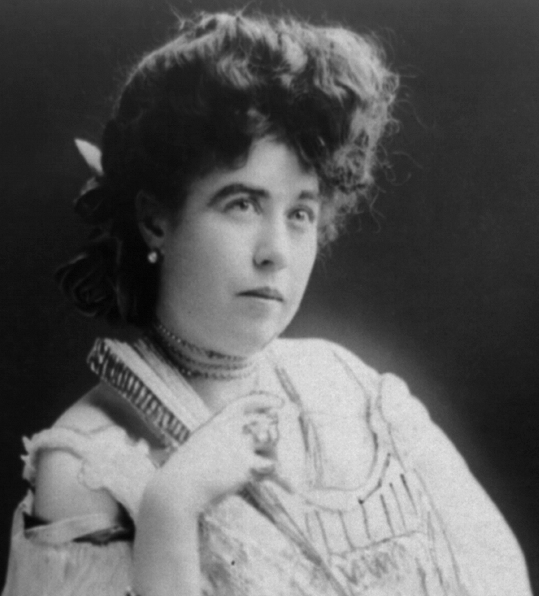
As evacuations started to take place, Brown first helped others to get on the lifeboats. She didn’t hurry to jump on one herself. She made it on Lifeboat No. 6, where she also confronted Quartermaster Rober Hichens, in charge of the lifeboat, to go back and save more people.
He feared that if they returned, the lifeboat would eventually be pulled down by people who would swamp the boat in an effort to get on it or from suction in the water. She went on to take an oar herself in her lifeboat. Due to her efforts in evacuation and courage to look for more survivors, some authors started to call her “the Unsinkable Molly Brown.”
After surviving the tragic sinking of the Titanic, Margaret Brown continued to lead a remarkable life marked by activism, philanthropy, and political engagement. Despite her newfound fame as a Titanic survivor, Brown remained committed to various causes she held dear. In 1914, she ventured into politics by running for Colorado’s U.S. Senate seat, making her a pioneer as this was six years before the Nineteenth Amendment granted women the right to vote. However, she ended her campaign to serve abroad as the director of the American Committee for Devastated France during World War I.
Louis & Lola Titanic Orphans
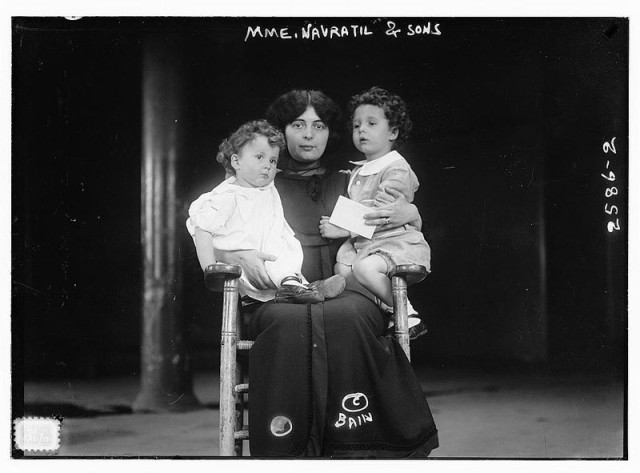
The Titanic orphans, Michel Marcel Navratil, Jr. and his younger brother Edmond experienced a traumatic separation from their parents before embarking on the ill-fated RMS Titanic. Their father, facing financial troubles and an impending bankruptcy notice, decided to emigrate to the United States with the boys. Boarding the Titanic at Southampton in 1912, they assumed false identities to conceal their father’s actions. Tragically, after the ship struck an iceberg on April 14, 1912, their father perished in the sinking, leaving the young boys as the only children rescued without a parent or guardian.
Following their rescue in Collapsible D, the brothers dubbed the “Titanic Orphans,” faced challenges in identifying themselves due to their age and language barrier. They were cared for by French-speaking first-class passenger Margaret Hays until their mother, Marcella Caretto, was located through newspaper articles and reunited with them on May 16, 1912. The family returned to France aboard the Oceanic, marking the end of their harrowing journey as survivors of one of the most infamous maritime disasters in history.
Read more: A Year After the Titanic Tragedy, a Mourning Family Received This Chilling Letter
In the aftermath of the Titanic tragedy, Michel Navratil, Jr. went on to lead a fulfilling life. He pursued higher education, earned a doctorate, and became a philosophy professor at the University of Montpellier. His experiences as a young survivor and the loss of his father significantly influenced his perspective and thought processes throughout his life.
